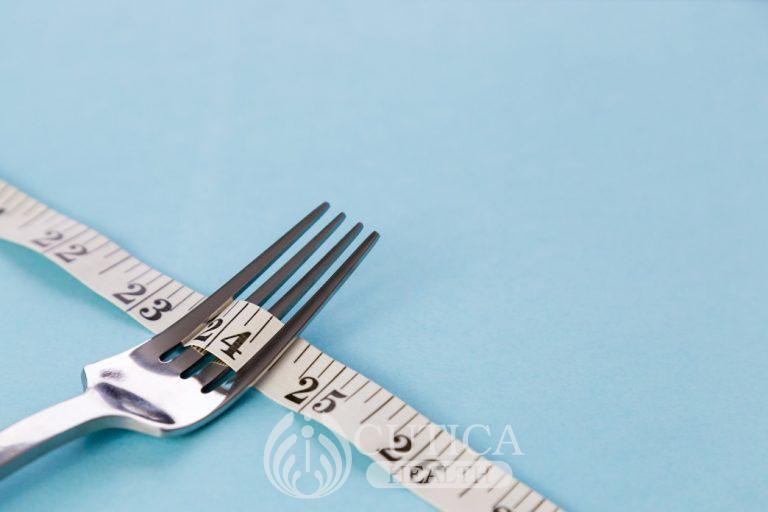
Gwen was gunning for a lead role in the upcoming dance competition. She had just three months to prepare for this big day, and must get rid of some weight. She started by cutting off junk food.
As days went by, she found herself choosing to practice for longer hours without eating. She became visibly thin after losing a significant amount of weight, but still, her size seemed too big to her.
After several weeks, her dance instructor started wondering if everything was well with Gwen. Things came to a head when Gwen was found in the bathroom, forcing herself to vomit after an exercise session. The instructor knew right away that Gwen had anorexia nervosa, which had affected some of her students in times past. Targeted intervention was set in motion.
What then is anorexia nervosa?
It is an eating disorder which is characterized by low weight (that is noticeable to the naked eyes), fear of weight gain, cutting off of a lot of foods, and a strong desire to remain thin.

Just like Gwen, no matter how thin to the bones anorexic individuals get, they still see themselves as overweight. Anorexia nervosa affects both sexes, though it is more common in females.
Causes
The exact cause of this eating disorder is not known, but there are certain risk factors involved:
• Biological factors: Anorexia is known to be highly heritable. Also, it may result from gastrointestinal diseases and changes in hormones which control mood and appetite.
• Environmental factors: Pressure from loved ones and the society at large, who view only thin individuals as beautiful or handsome.
• Emotional/ Psychological factors: Some anorexic individuals feel inadequate, have very low self-esteem and lack self-confidence.
Symptoms of Anorexia

Apart from the noticeable weight loss that spans over months or years, Anorexic individuals also have or do the following:
1. Eating almost nothing even when visibly thin and fragile.
2. Great fear of weight gain.
3. Feeling fat, even when visibly thin to the bones.
4. Anxiety, rapid mood swings or depression.
5. Intolerance to cold due to depletion of normal layer of fat under the skin.
6. Amenorrhea, this occurs in female anorexics after a prolonged weight loss. It means stoppage of menses, and is often associated with other signs of overall malnutrition such as presence of brittle hair and unhealthy yellowish skin.
7. Social withdrawal from family and friends, which can manifest as avoidance of social gatherings.
8. Forcing self to vomit.
Treatment

1. Therapy: Family therapy is known to be more effective than individual therapy as there is a need for the family members to understand the root causes of the disorder and lend a helping hand to the individual. It is best to seek help from an expert with experience in the treatment of anorexia nervosa. It is important to probe for possible underlying causes.
2. Medication: Use of antidepressants to control anxiety and depression may be necessary, if they are associated with the eating disorder.
3. Nutrition counselling: Teaching the individual about the importance of healthy feeding might alleviate the eating disorder.
Take Home Message
There is a need to teach and encourage young people about proper nutrition and confidence in their body image to prevent the development or worsening of eating disorders. As untreated cases tend to deteriorate over time, get medical care immediately if you or someone close to you is suspected to be anorexic or have other eating disorders.












